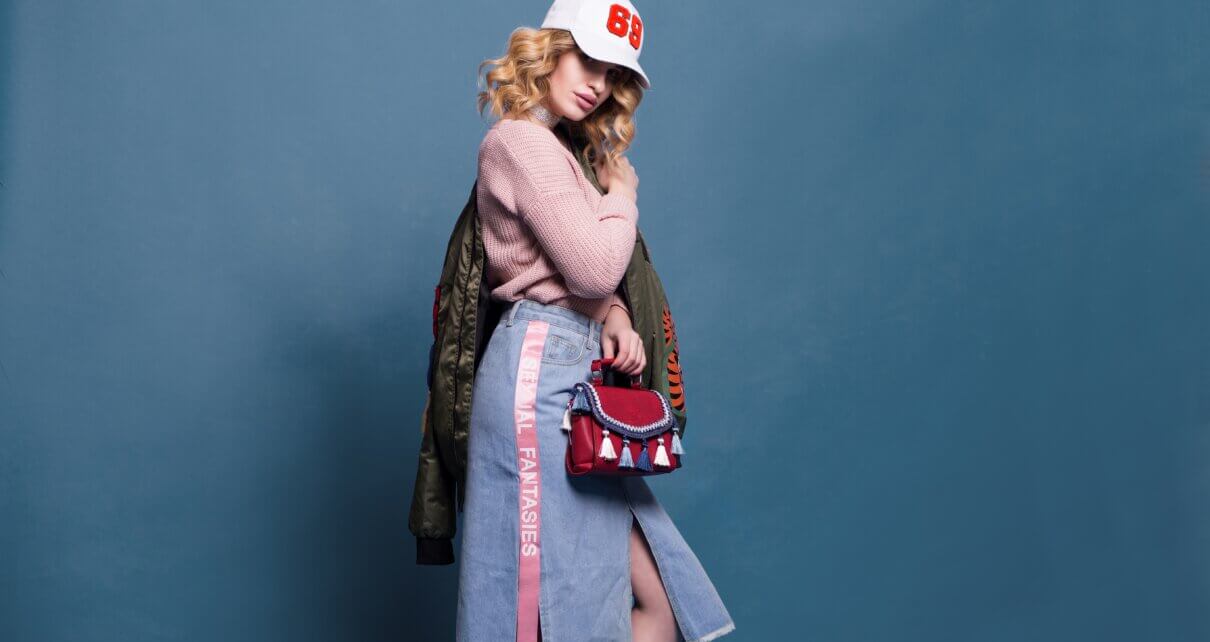A person’s sense of style or fashion can tell people a lot about that person. Clothes are widely considered a form of personal expression, communicating to the world an individual’s personality, preferences, and priorities.
There are a multitude of styles one can choose from that best fit the kind of persona he/she would like to embody, ranging from casual wear all the way to goth-inspired pieces.
Nonetheless, in the microcosm in which college students reside, style appears much more volatile. Some students look as though they rolled out of bed, ready for the world to conquer them rather than the other way around. In contrast, other students take great pride in crafting the perfect look each and every day of the week. Then there are some of us who live in-between these two extremes.
I always admired the phrase, “dress for the job you want, not the job you have.” I feel this rule of thumb should likewise apply for attending class. With this in mind, perhaps that expression could say, “dress for the future career you want.”
While I can understand how a pair of sweats and hoodie can make hours of lectures that much more bearable, this does not negate the importance of putting your best foot forward. Dressing appropriately for any occasion, even class, should be taken into consideration.
Although business casual is not as strong of a requirement as it once was, there are still common dress codes across any profession or occasion. For example, it is not acceptable to show up to your retail job in sweatpants and a hoodie. Instead, you are likely asked to wear at least jeans/khakis with a uniform shirt or a solid color reflecting the company’s colors.
Additionally, when giving a presentation, one would want to look their best to the audience. While you are presenting, you want to appear professional and well organized, not sloppy and unprepared. Consider your attire an extension of your presentation.
I had a professor that wore either jeans or sweatpants with a T-shirt. Historically, my professors have dressed according to business casual standards, so I was shocked to learn he was my professor rather than just another student. During class, all I could think about was how unprofessional he appeared, and how he could get away with such attire.
He reminded me of my one high school teachers’ rants about how college professors are entirely different from high school teachers. She said that college professors expect much more from their students since most of their classes consist of adults. This professor was the exception to that supposed rule. If I were a professor, I would want to appear professional and knowledgeable.
I took a four-week-long digital photography course. Some girls in the class wore crop tops, bikini tops with a button-down shirt (but the button-down shirt would be open, not buttoned together), shorts so high up their backside, and underwear straps showing on their lower back. Clothes like that are not appropriate to attend a college class. Those clothes are for going out with friends.
Just last week, I saw a guy wearing a T-shirt that had profanity on it. I even see guys wearing shirts of realistic or fictional women with their bodies showing. Those types of styles are not appropriate for school. Those should be worn privately, like at home or in the dorms. They could also be worn when going out with friends with unrelated school events. Do we want to make our school look bad by how we dress?
You may think: “Well, it’s just college, so why should I care what I look like?” You should always care what you look like. You should want to dress well for yourself; I always feel much more confident when my outfit feels put together and my make-up and hair is done. When I don’t, I feel lazy and want to lounge around rather than be productive.
Most college students are adults and therefore old enough to know what is and is not appropriate to wear in a school setting. Before walking out the door and heading to class, we should take time to consider what our outfit says about us and how we want to express ourselves.




